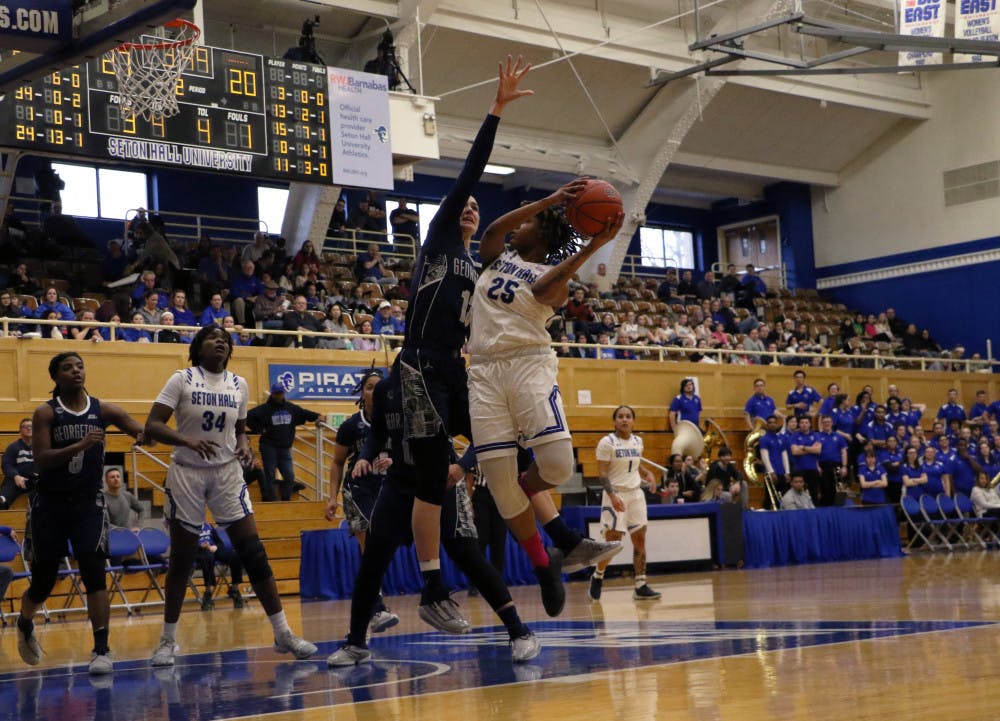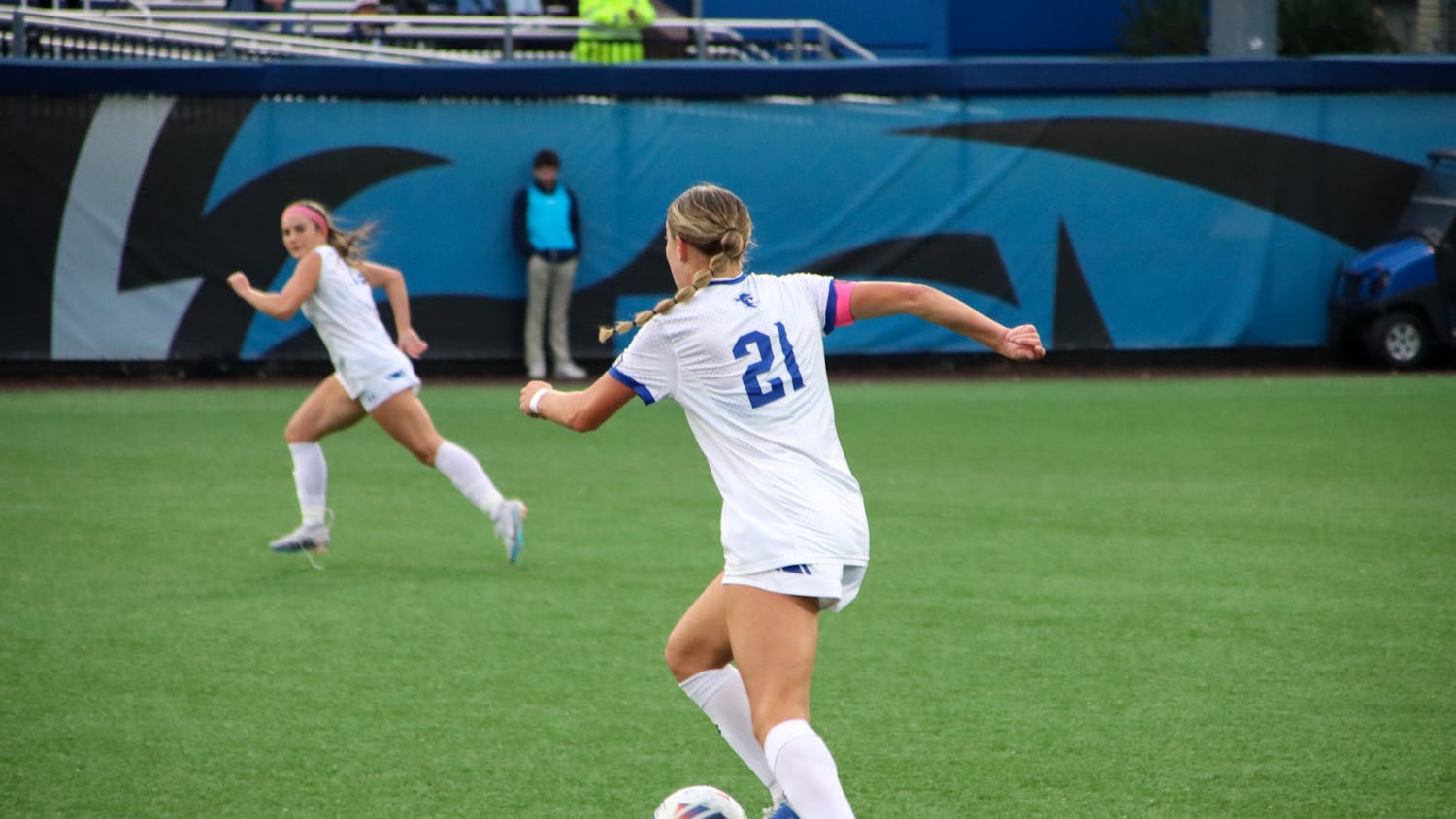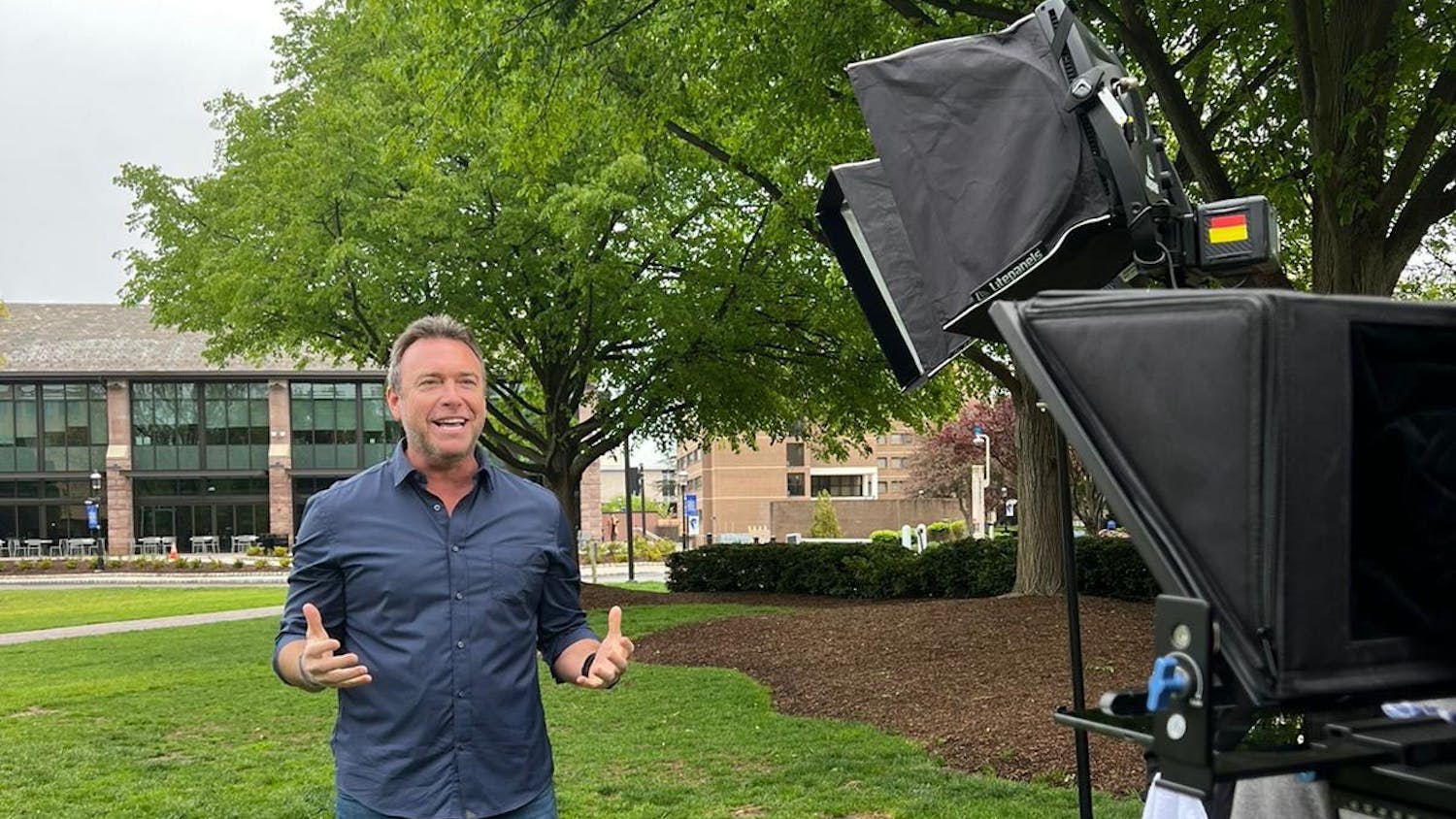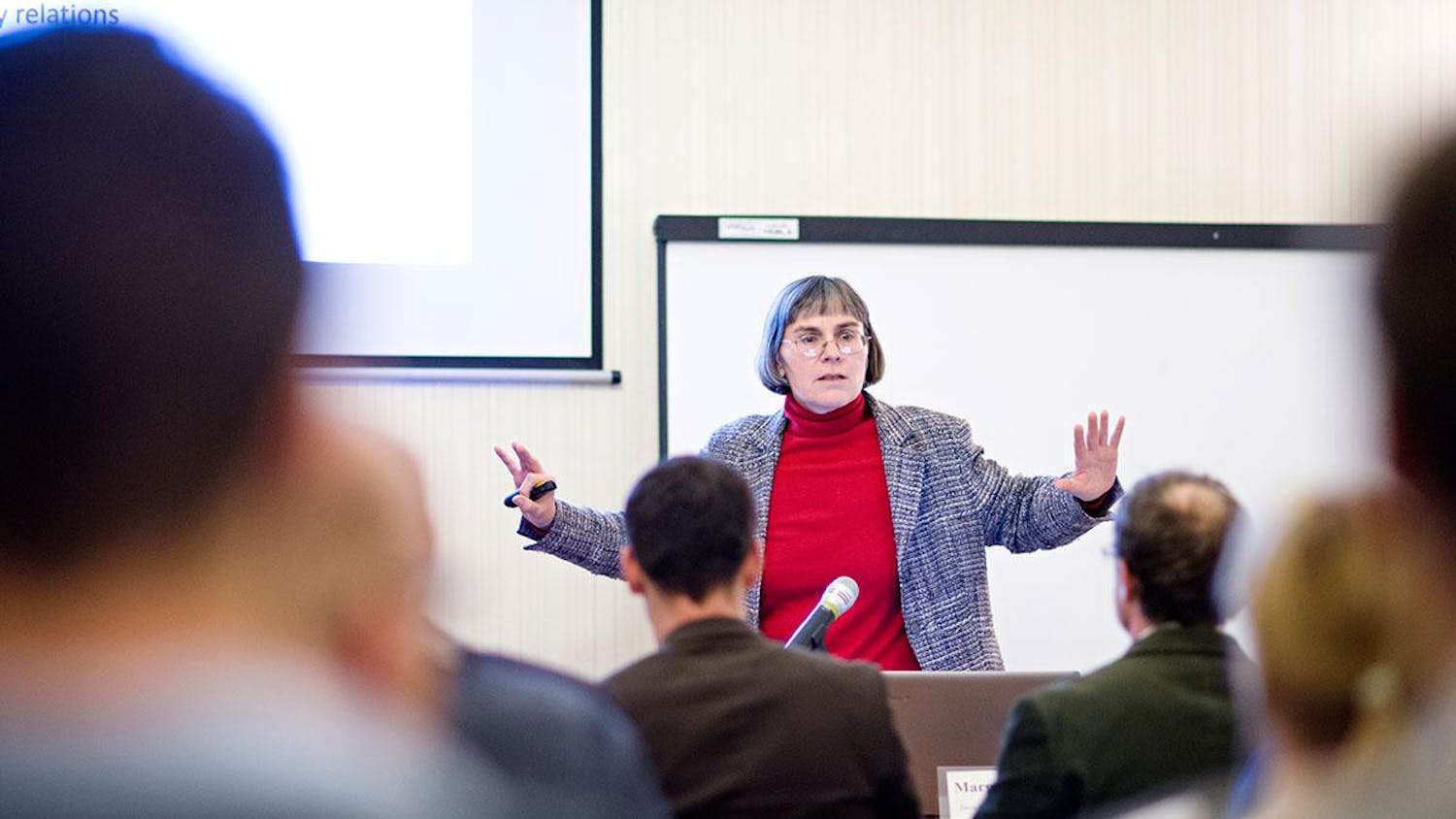Often the mere mention of Ireland conjures images of green rolling hills, expansive farms, comforting pints and friendly people—perhaps our own contemporary Tír na nÓg of Irish mythology. Indeed, many of the Irish-focused localities in America, such as Irish pubs, organizations or products, focus upon these conceptions of Ireland. One need look no further than the popularity of céilí dancing, the large number of Irish American organizations, the fervor of St. Paddy's Day celebrations, or the increasing patronage of Irish pubs.
However, these images somewhat marginalize the true complexity of contemporary Ireland. There is another dimension to the country that seems to be neglected in the eyes of American culture: Ireland as a modern European country.
As a study-abroad student, I have been living in Cork for a little over two months now, with another three months left in my study at University College Cork. Nestled in the province of Munster in southwest Ireland, Cork is the second-largest city in the Republic of Ireland, behind Dublin, and the third largest on the island of Ireland, behind Dublin and Belfast.
The layout of the city is largely dictated by the River Lee, which bisects the city in two, with the northern banks climbing high above the city center and southern half of the city.
However, aside from this, Cork provides an excellent representation of this dichotomy between ‘traditional' and ‘modern' Ireland, from the quaint outskirts of the city to the dense streets of the city center, from small, family-owned businesses to multi-level department stores, from quiet, traditional pubs to overcrowded nightclubs, from enormous manors to dilapidated vacated buildings and from spotless windows to walls smothered in graffiti.
While at first this dichotomy seems representative of some bitter struggle between the traditional and the modern, the two actually act as complimentary parts of a whole.
For the few American students I have met here, they generally remarked that they did not really feel like they were in Ireland at first except for when they either went out to the countryside or were in one of the traditional pubs in the city. Something about city-life, and the significantly more popular disco bars and nightclubs seemed to be somewhat "un-Irish," despite their location being within Ireland, and their attendants also Irish.
This is not to say that portions of Ireland do not resemble those rolling green hills and quiet, small country towns with meandering roads; by and large, the majority of Ireland outside of the major population centers of Cork and Dublin within the Republic, and of Derry and Belfast in the North, does appear so.
Ireland stands, in many ways, at a crossroads between tradition and modernity, economic fallout and recovery, immigration and emigration and political dissatisfaction. All of these aspects converge to create the Ireland we should recognize today—and the city of Cork which I will call home for three more months.
Ed Millar can be reached at edward.millar@student.shu.edu.





